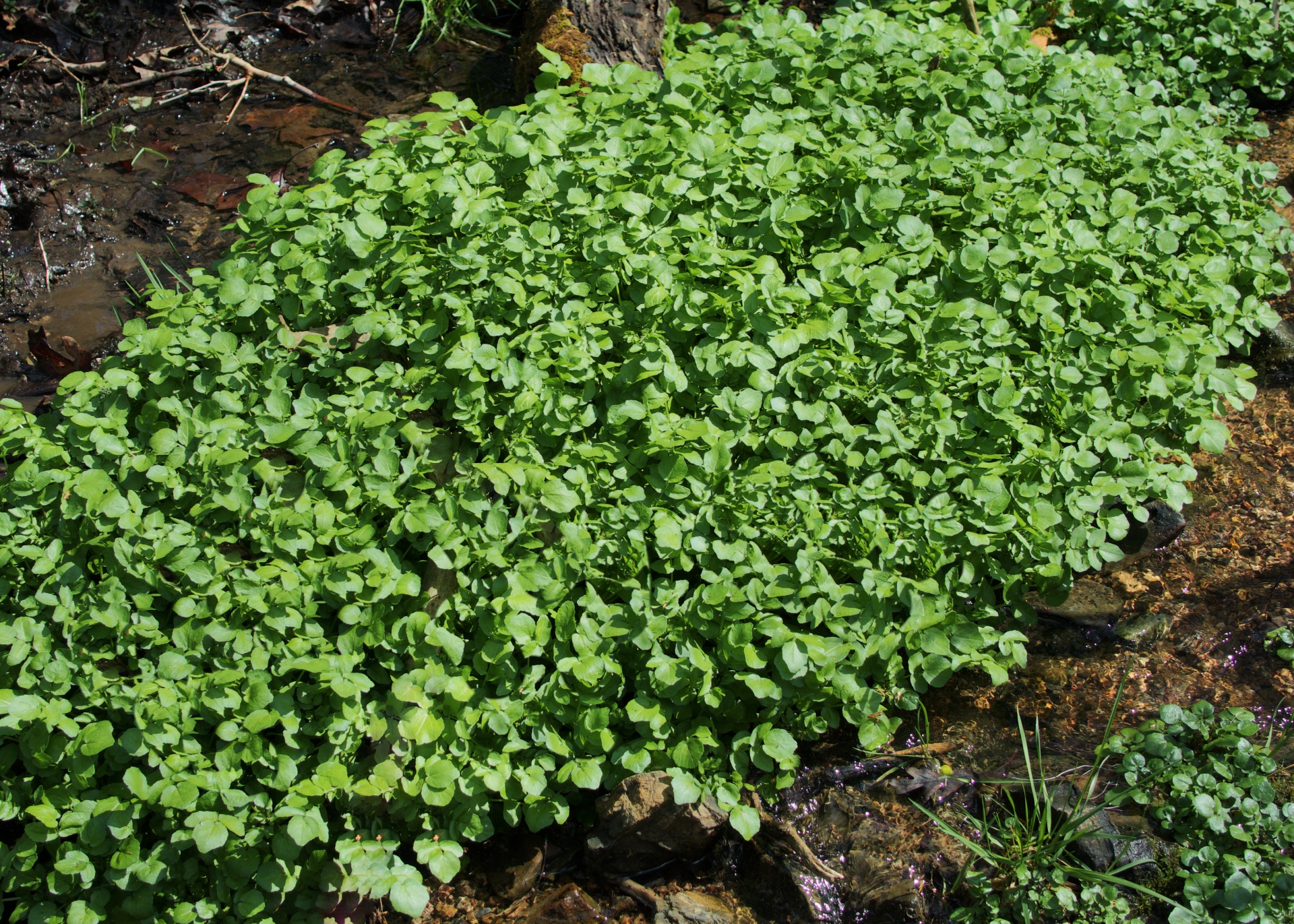
Watercress
Nasturtium officinale
Basic Information
🌿 Family: Brassicaceae🗺️ Zone: 6-9
Other Names:
- Yellowcress
🌡️ Ideal Temperature : 50°F – 60°F
🔥 Heat Tolerance: Up to 85°F
❄️ Cold Tolerance: Down to 32°F
🌱 Type: Perennial
Layers
- Herbaceous
- Aquatic
Functions
- Edible
- Medicinal
- Water Purifier
- Ground Cover
Pests
No pests associated with this plant.
Description
Watercress (*Nasturtium officinale*) is a fast-growing, aquatic or semi-aquatic perennial herb native to Europe and Asia. It typically grows up to 60 cm (24 inches) in length, with hollow, branching stems that float in water or sprawl over moist ground. The leaves are pinnately compound with oval to egg-shaped leaflets, and it produces small, white flowers in clusters. Known for its peppery, tangy flavor, watercress is one of the oldest known leaf vegetables consumed by humans.
🌞💧 Sun and Water Requirements:
Watercress thrives in full sun to partial shade and requires constant moisture, often growing in shallow water or damp soil. It prefers slightly alkaline water conditions and is well-suited to hydroponic cultivation. :contentReference[oaicite:0]{index=0}
✂️🫘 Methods to Propagate:
Watercress can be propagated through seeds or cuttings. Seeds should be sown in moist soil or directly in water, while cuttings can root easily when placed in water or wet soil.
🧑🌾👩🌾 When to Harvest:
Harvest young shoots and leaves regularly to encourage bushier growth. Continuous harvesting is possible due to its rapid growth rate.
Purpose
- **Edible**: Watercress is consumed raw or cooked, adding a peppery flavor to salads, soups, and sandwiches.
- **Medicinal**: Traditionally used for its potential health benefits, including vitamins A, C, and K, and compounds linked to reduced cancer risk. :contentReference[oaicite:1]{index=1}
- **Water Purifier**: Its growth in aquatic environments can help filter and purify water bodies.
- **Ground Cover**: Provides soil stabilization in wet areas, preventing erosion.